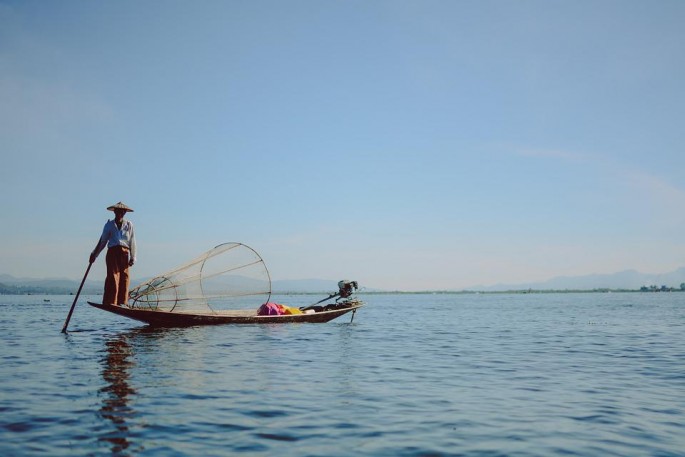The concept of sustainability has made its way into every sector of the economy. Be it agricultural practices, textile production, or even fish farming, sustainability has become a primary focus behind many practices and measures in these sectors. Sustainable fish farming was considered a more environmentally friendly method of supplying the world with seafood. In terms of overall world production, aquaculture has recently surpassed wild catch. However, do fish farms ease the strain on wild populations and contribute to preventing the environmental problems brought on by commercial fishing? Sustainable fish farming may sound eco-friendly and good for the planet, but many flaws in sustainable fish farming get overlooked; this blog will discuss some of those factors and explain what sustainable fish farming is.
What Is Fish Farming?
Raising fish for human consumption is referred to as fish farming or pisciculture. To maximize outputs while decreasing inputs, modern industrial fish farming sometimes adopts intensive agricultural techniques that house several individual fish in small spaces. According to the definition, sustainable fish farming is the practice of raising fish in an autonomous way that allows fish populations to repopulate without endangering the ecosystem. Mollusks, shellfish, and other marine creatures are also included in this. But contrary to popular belief, sustainable fish farming is not as sustainable as it may seem: The outcomes of sustainable fish farming are typically abnormal and may be detrimental to the fish and the ecosystem. To simplify, sustainable fish farming can be compared to factory farming of terrestrial animals, including chickens, cows, pigs, and other species.
Is Fish Farming Sustainable?
No. Although the ideas behind sustainable fish farming were sustainable initially, it has become almost as harmful as commercial fish farming. Let's look at some factors behind this. Since The sector has shifted to fish sustainable fish farming, however, the vast majority of these farmers are rearing fish in unsustainable methods. Even worse, they may sometimes harm individuals and the environment. Some fish farms use destructive tactics, such as taking enormous amounts of water from rivers or the ground and reintroducing contaminated water to nearby bodies of water, which impacts the water's quality. Furthermore, some fish farms utilize harmful drugs, aquatic biotoxins, and hormones that harm consumers' health and nearby habitats. Not to mention that GMO soybeans and waste leftovers from factory-farmed cattle are frequently fed to these fish in the form of feed pellets, which customers subsequently consume.
But there are ways to improve the current situation of sustainable fishing. Placing aquaculture into the open ocean, where the water is clear, and the currents are strong and consistent enough to wash the farms clean of fish waste continuously and pests like sea lice, is one tactic. The open ocean's salinity and temperature are also more stable for farmed fish. This encourages greater growth and reduces the need for antibiotics or immunizations since they are less stressed and less prone to illness.
Expedite the Impact of Your Sustainable Initiatives with Industry Experts
Sustainable projects may increase project outcomes and your company's total potential. They can utilize resources as effectively as possible and assist enterprises in reducing several inefficiencies. A corporation must modify its operations to continue to be an investment-worthy organization now that everyone in the world recognizes how important it is to tackle climate change and adopt sustainable practices.
Efficient sustainability professionals can help you turn your company's net value considerably. A firm may get the necessary sustainable technology and receive a thorough risk assessment from the appropriate association with leading sustainable experts, ensuring a smooth transition.



























